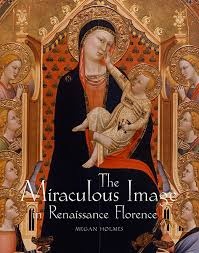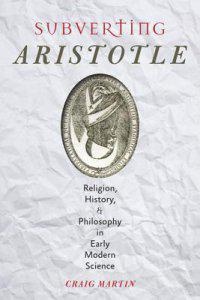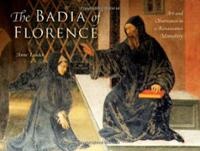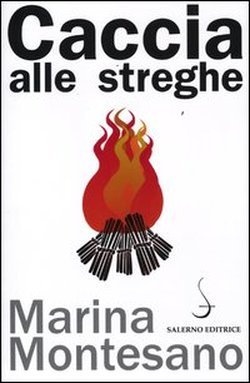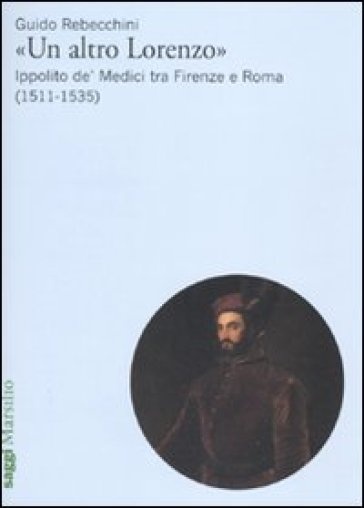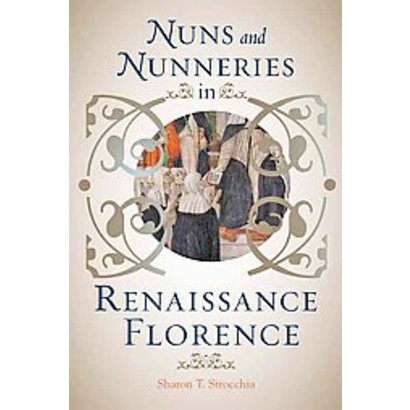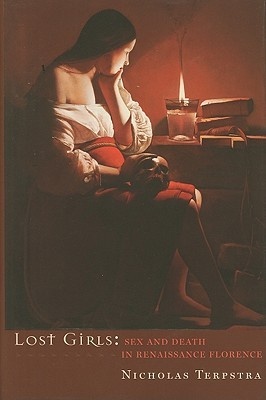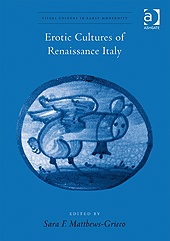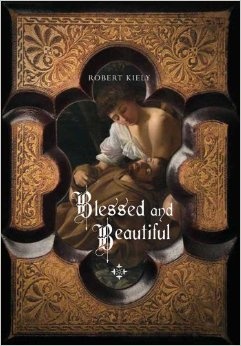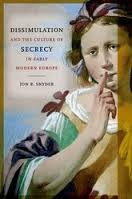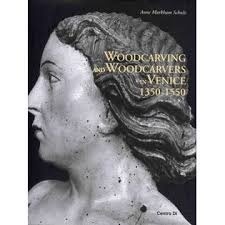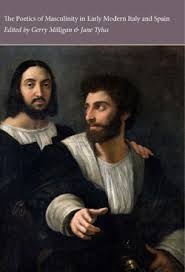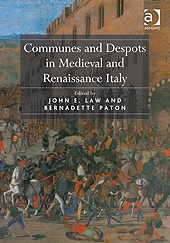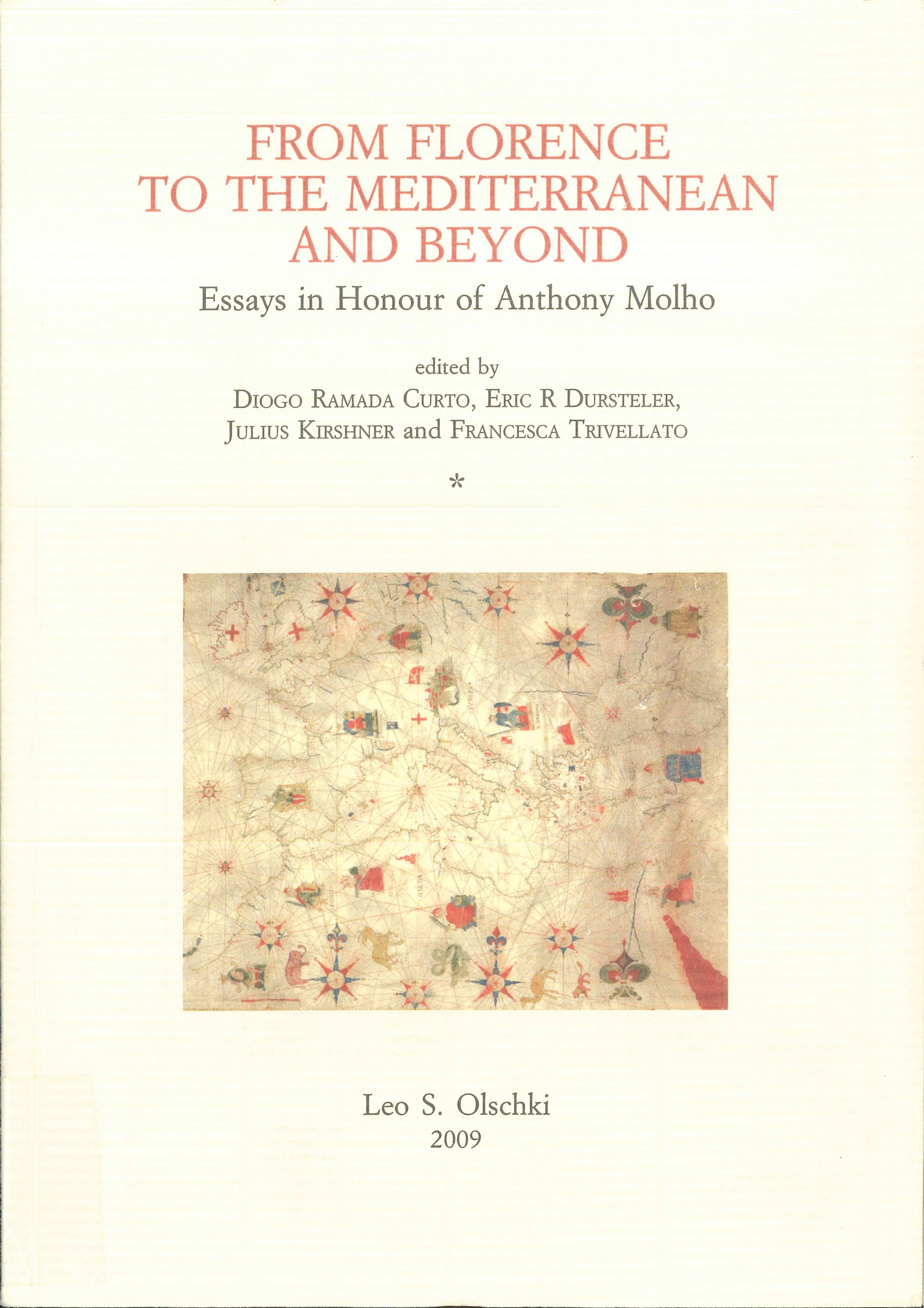. 2013. The Miraculous Image in Renaissance Florence. New Haven: Yale University Press, 381. Publisher's Version Abstract
Lila Acheson Wallace - Reader’s Digest Publications Subsidy
. 2014. Subverting Aristotle: Religion, History, and Philosophy in Early Modern Science. Baltimore: Johns Hopkins University Press, 262. Publisher's Version Abstract
2012. The Badia of Florence: Art and Observance in a Renaissance monastery. Bloomington: Indiana University Press, 325 . Publisher's Version Abstract
2010. Un Altro Lorenzo: Ippolito de' Medici tra Firenze e Roma (1511-1535). Venezia: Marsilio, 327. Publisher's Version
. 2009. Nuns and Nunneries in Renaissance Florence. Baltimore: Johns Hopkins University Press, 261. Publisher's Version Abstract
2010. Lost Girls: Sex and Death in Renaissance Florence. Baltimore: Johns Hopkins University Press, 244. Publisher's Version Abstract
2010. Erotic Cultures of Renaissance Italy. Burlington, VT: Ashgate, 28. Publisher's Version
2010. Blessed and Beautiful: Picturing the Saints. New Haven: Yale University Press, 344. Publisher's Version Abstract
. 2009. Dissimulation and the Culture of Secrecy in Early Modern Europe. Berkeley: University of California Press, 280. Publisher's Version Abstract
. 2011. Woodcarving and Woodcarvers in Venice, 1350-1550. Firenze: Centro Di, 614. Publisher's Version Abstract
. 2010. Il De Pictura di Leon Battista Alberti e i Suoi Lettori, 1435-1600. Vol. n. 13. Firenze: L.S. Olschki, n. 13, 263. Publisher's Version
2010. The Poetics of Masculinity in Early Modern Italy and Spain. Vol. 22. Toronto: Centre for Reformation and Renaissance Studies, 22, 398. Publisher's Version
2010. Communes and Despots in Medieval and Renaissance Italy. Burlington, VT: Ashgate, 354. Publisher's Version Abstract
2009. From Florence to the Mediterranean and Beyond: Essays in Honour of Anthony Mohlo. Firenze: L.S. Olschki, 709. Publisher's Version

